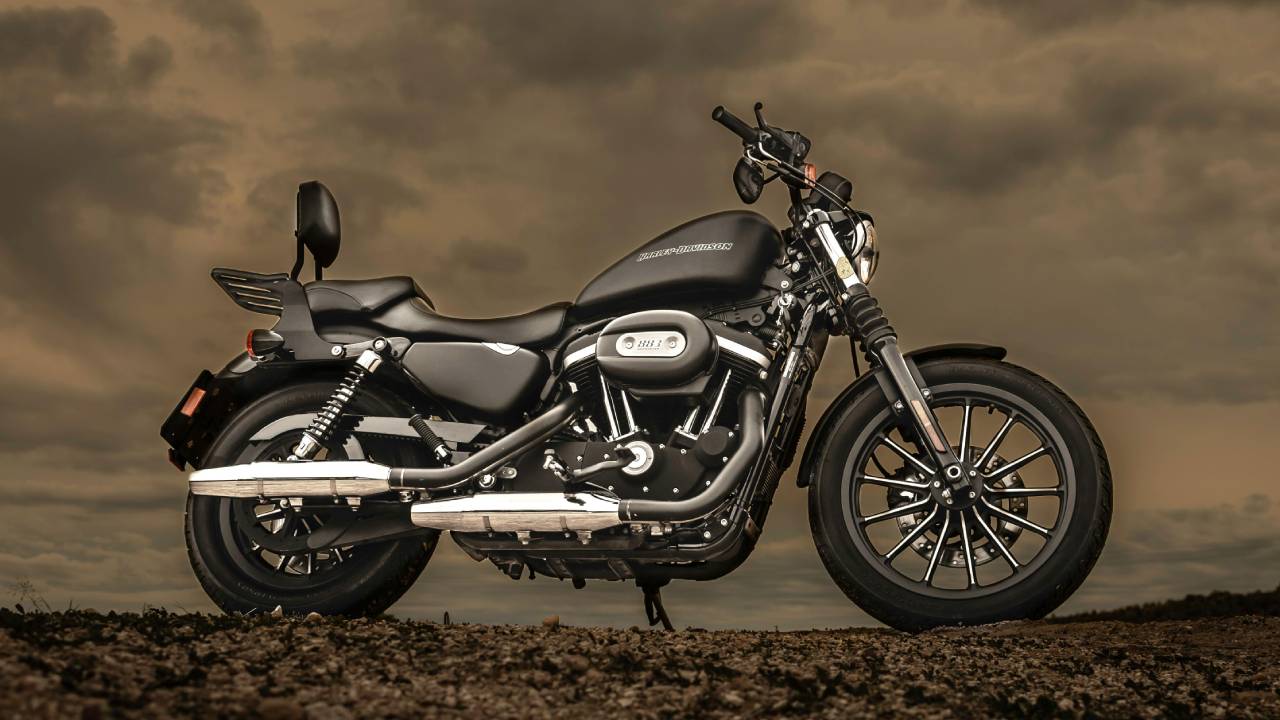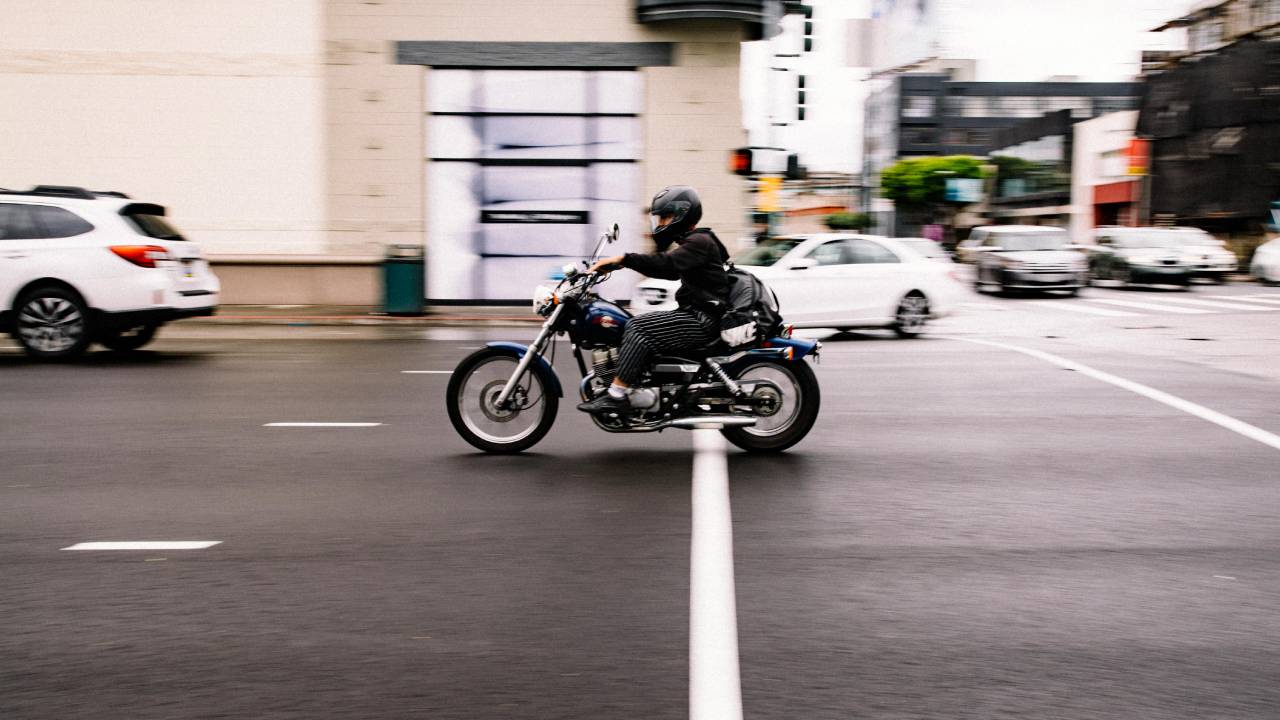Restoring an auction-bought motorcycle can be one of the most rewarding projects for any motorbike enthusiast or collector. With the rise of online and in-person auctions, a treasure trove of vintage and unique bikes is more accessible than ever. Whether you’re a DIY mechanic seeking a new challenge or a collector looking to breathe life into a classic ride, understanding the restoration process is crucial.
This guide will walk you through everything you need to know—from sourcing the right bike to showcasing your completed restoration. Consider this your roadmap to turning dusty potential into a two-wheeled masterpiece.
Sourcing the Right Bike
The foundation of any successful motorcycle restoration begins with sourcing the perfect project bike. Auctions can be a goldmine for enthusiasts, but they require careful attention to detail. Here’s how to scope out your ideal ride.
Where to Look
- Online Auctions
Platforms such as Bring a Trailer, eBay Motors, and Mecum are popular for finding rare and vintage motorcycles. Make sure to read descriptions closely and review all provided photos.
- Local and Estate Auctions
These tend to offer bikes with less competition, which could translate to better deals. Keep an eye on community boards and auction directories.
- Salvage Auctions
For skilled restorers, salvage auctions like Copart offer bikes with potential at significantly lower prices.
What to Evaluate
- Condition
Check for signs of extensive rust, damaged frames, or missing critical components. Not all issues are deal-breakers, but these factors need to align with your restoration capabilities.
- Rarity and Authenticity
Vintage collectors, in particular, should verify if parts are original or if modifications have been made. Compare serial numbers and consult manufacturer records if available.
- Parts Availability
Some models have scarce replacement parts, which can make restoration more challenging and costly. Research availability for the bike you’re considering.
Preparing for Restoration
Before you can start turning wrenches, preparation is key. Proper planning and gathering the right resources will set the stage for a smooth restoration.
Gather Essential Tools and Resources
- Tools
Invest in high-quality tools such as adjustable wrenches, torque wrenches, socket sets, and screwdrivers. A motorcycle lift can also make the work much easier.
- Storage Space
You’ll need ample room to disassemble and store components in an organized way. Garages or workshops with good lighting work best.
- Repair Manuals
Get your hands on a repair manual for your specific bike model. This will provide diagrams, part specs, and step-by-step instructions. Look for reputable sources like Haynes or Clymer manuals.
Budget and Time Management
- Create a Budget
Set realistic financial expectations for parts, tools, labor, and unexpected expenses. Vintage bikes often require unforeseen replacements.
- Make a Schedule
Restoration may take weeks or months depending on the condition of the bike and your pace. Break the project into manageable phases to avoid burnout.
The Restoration Process
Restoring a motorcycle is a labor of love that involves several phases. Follow this step-by-step guide for a comprehensive and organized approach.
1. Disassembly
- Label and document everything as you remove it. Take pictures or videos to help during reassembly.
- Place small parts and screws in labeled zip-lock bags or containers.
2. Cleaning and Assessing Damage
- Frame: Remove rust with wire brushes and sanders. Follow up with rust inhibitors and touch-up paint.
- Engine: Inspect for internal damage. Simple cleaning may suffice, but some engines may require professional rebuilding.
- Wiring: Look for frayed wires or damaged connectors. Plan to rewire if there’s extensive wear.
3. Repair and Replace Parts
- Source original or high-quality replacement parts. Be prepared to wait for rare components to ship.
- Focus on critical areas such as brakes, suspension, and drivetrain for safety and functionality.
4. Reassemble
- Follow your documentation to ensure accuracy. Take your time with alignment and torque specifications.
- Double-check all fittings and components before moving to testing.
5. Test Rigorously
- Before hitting the road, conduct multiple tests. Look for leaks, alignment issues, and proper functioning of all systems.
Expert Tips and Techniques
Learn from seasoned motorcycle restorers to make your project more enjoyable and successful.
- Preserve Authenticity
If the bike is vintage, aim to use original parts as much as possible. Experts recommend balancing originality with necessary modern updates for safety.
- Enhance Performance
For non-collectors, consider modern upgrades such as fuel injection systems or advanced suspension parts. These can significantly enhance ride quality without compromising aesthetics.
- Patience is Key
Restoration can be complex, but patience will always pay off. Take breaks during challenging phases to avoid rushing and making mistakes.
- Lean on the Community
Join online forums or local bike clubs to seek advice or source hard-to-find components. Fellow enthusiasts are often happy to share their expertise.
Showcasing the Finished Product
After months of hard work, it’s time to show off your creation. Sharing your restoration experience can inspire others and even add value to your motorcycle.
Document Your Journey
- Take high-quality photos of the entire process—before, during, and after restoration.
- Write about your experience, challenges, and tips. This documentation will be invaluable for future buyers or fellow restorers.
Engage with the Community
- Share your project on motorcycle forums, social media, or local club meetups.
- Consider joining shows or competitions for vintage and restored motorcycles. It’s a great way to connect with like-minded individuals and gain recognition.
Turn Dreams into Vintage Realities
Restoring auction-bought motorcycles is no small feat, but the thrill of reviving a piece of history makes it worth every moment. With proper preparation, patience, and a clear plan, you can bring any bike back to life—whether it’s for personal enjoyment or a future collector’s showcase.
If you’ve completed your own restoration, we’d love to hear your story! Share your project with the community and help inspire fellow enthusiasts to take on their own restoration adventures.
Happy wrenching!


